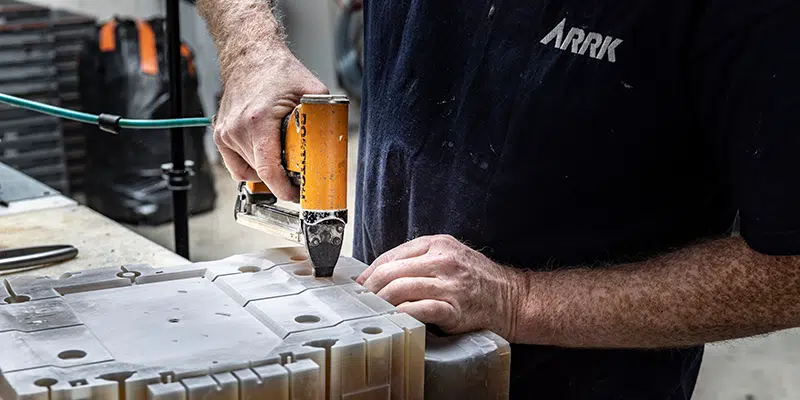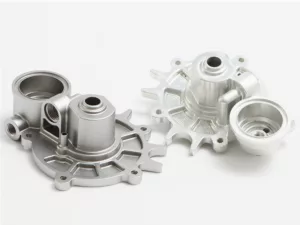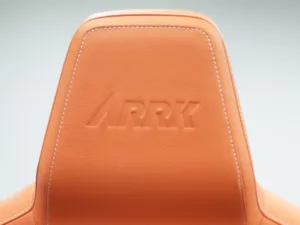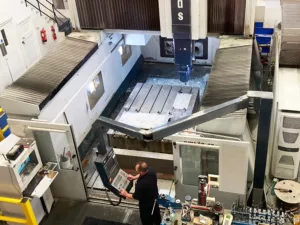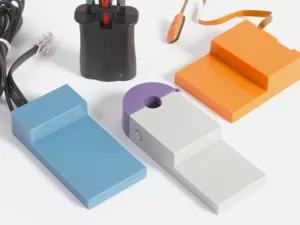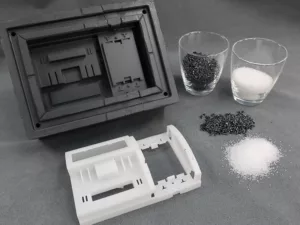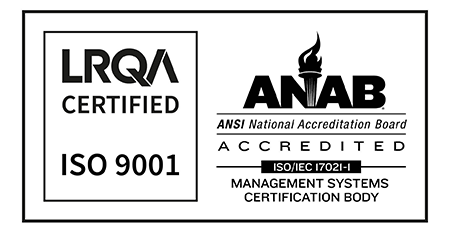Vacuum Casting is a unique way of producing parts for any industry. In addition to being cost-effective, it offers several advantages over conventional methods such as forging and die casting, such as:
- High-quality surfaces
- Better surface finishing
- Lower porosity
- Less shrinkage rate
The question is, what materials can be vacuum cast? At ARRK North America, as experts in Product Design and Development, we carry out the most advanced and effective processes to create prototypes and components for companies around the world. Here, we’ll talk about amazing materials that can be vacuum cast, as well as some of their properties.
Materials for Your Vacuum Casting Projects
Vacuum Casting is a technique where resin or silicone is poured into a mold to create a cast replica of a part. This method is widely used in the Automotive, Consumer Electronics, Aerospace, and Medical industries, to mention a few, because it allows designers to test their designs before they go into production.
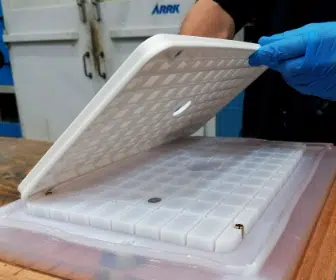
At ARRK North America, we rely on the amazing possibilities achieved with silicone to create a flexible, reliable, and detailed mold. It enables making complex designs without worrying about costs. Also, demolding is easier because the mold’s elasticity allows for achieving the most accurate precision.
As for the poured materials, the selection depends on the purpose of the component, as well as the features of each one. Here we have a list of some materials used in the Vacuum Casting plastic parts process:
Polymers
Polymers are long-chain molecules composed of repeating units called monomers. These polymers can be either synthetic or natural. There are many different types of synthetic polymers, including plastics, rubbers, and elastomers.
Natural polymers can be divided into two categories: cellulose polymers (fibers) and lignin polymers. Cellulose polymers are naturally occurring fibers that have been refined to make paper, cotton, rayon, and wood pulp. Lignin polymers are complex compounds formed from carbon, hydrogen, oxygen, and other elements. Lignin polymeric structures are abundant in trees and some grasses.
Metals
Metals are substances that exist in their pure elemental state. Metals are generally classified according to their physical and chemical properties. Pure metals are soft, malleable, ductile, and highly conductive. Common examples of metals include copper, silver, gold, iron, lead, zinc, tin, nickel, cadmium, mercury, cobalt, chromium, and titanium, among others.
Alloys
Alloys are combinations of metals. Alloyed metals retain the desirable qualities of each metal while eliminating undesirable characteristics. Most alloys consist of two or more metallic components. An example of an alloy is stainless steel, which consists of three primary components: iron, chromium, and nickel. Other examples include bronze, brass, beryllium, and titanium.
Composites
Composites are manufactured products that are made from two or more dissimilar materials. A composite is created by combining two or more materials that do not bond together well. Composite materials are widely used in industries including Aerospace, Automotive, Construction, and Electronics. Examples of composites include fiberglass, graphite/epoxy, Kevlar, carbon fiber, and aramid.
The product life cycle can be affected by the type of material you select for your projects. Contact ARRK North America has the expertise to support your product development process. Having our team by your side can give you excellent manufacturing advice.
Visit our website to learn more about our Low-Volume Production services, or contact our team to make your idea a reality.
